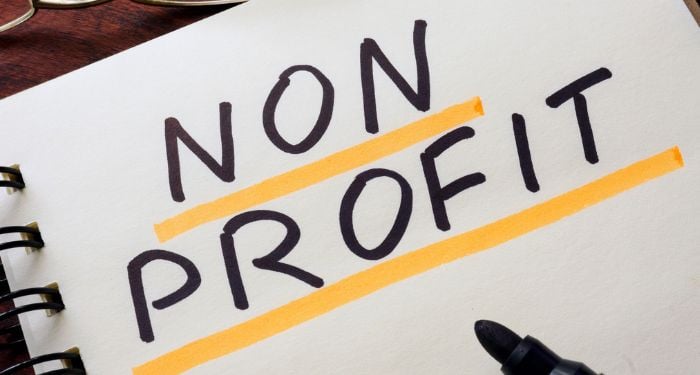One Big Beautiful Bill Act Tax Changes & Its Effect on Small Businesses
As we approach the end of the year, many of us are gearing up to start preparing for tax season. With the recent signing of the One Big Beautiful Bill Act (OB3) on July 4, 2025, small business owners are curious about how it might impact their taxes. For the most part there were only minimal changes, since this bill made many of the tax changes from the 2017 Tax Cuts and Jobs Act (TCJA) permanent. That means there should not be too many surprises this tax filing season. With the 2025 tax season just around the corner, here’s an overview of what can be expected.
Bonus Depreciation
Bonus Depreciation (§168(k)) allows businesses to immediately deduct a portion – or in some cases, the full cost – of qualifying assets placed in service. Qualifying property generally includes assets such as furniture, equipment, and machinery with a useful life of 20 years or less.
Under the Tax Cuts and Jobs Act of 2017 (TCJA), bonus depreciation was temporarily increased to 100% for assets placed in service between September 28, 2017, and December 31, 2022. After 2022, the deduction began phasing down by 20% each year.
With the passage of OB3, 100% bonus depreciation has been made permanent beginning in the 2025 tax year, with a few exceptions. Assets acquired and placed in service after January 19, 2025, qualify for the full 100% deduction, while assets acquired before January 20, 2025, are limited to 40%.
The return of full bonus depreciation provides a valuable opportunity for business owners to reduce taxable income and improve cash flow. However, not all states conform to the federal bonus depreciation rules, so be sure to review each state’s treatment of these deductions before filing
Section 179 Depreciation
Section 179 Expensing allows businesses, much like bonus depreciation, to immediately deduct the cost of qualifying assets placed in service during the year. However, Section 179 comes with a few additional limitations. For instance, while bonus depreciation can be used to create a taxable loss, Section 179 cannot.
OB3 also increased the Section 179 limits. For 2025, the maximum deduction is $2.5 million, which begins to phase out dollar-for-dollar once more than $4 million of qualifying property is placed in service during the year.
Most states conform to federal Section 179 rules, though some impose their own limits, so businesses should be sure to review the specific rules for each state where they are filing.
100% Expensing of Certain Structures
OB3 introduced a new provision under §168(n) which allows for 100% expensing of certain non-residential real property used in a qualified production activity within the U.S. This provision significantly accelerates depreciation for property that would otherwise have to be depreciated over 39 years. To qualify for this accelerated depreciation:
- Construction must start after January 19, 2025, and be placed in service by December 31, 2030
- The original use of the property must begin with the taxpayer
- And the property must be used as an integral part of a “qualified production activity” like manufacturing.
R&D Expensing
R&D Expensing is another key change business owners should note for the upcoming tax year. From 2022 through 2024, businesses were required to amortize research and development (R&D) expenses over five years rather than deducting them immediately.
Under OB3, 100% expensing for domestic R&D costs has been restored beginning in 2025. This means businesses can once again fully deduct qualifying R&D expenses in the year they are incurred. However, foreign R&D costs must still be amortized over 15 years.
For businesses with remaining amortized R&D expenses from prior years, there is flexibility – they may either deduct the remaining balance on their 2025 return or spread the deduction over 2025 and 2026. In addition, eligible small businesses may retroactively amend their 2022–2024 returns to claim immediate deductions for R&D costs previously amortized.
This change offers meaningful relief for companies investing in innovation and provides an opportunity to reduce taxable income going forward.
SALT Deduction
One final notable change under the One Big Beautiful Bill (OB3) is the significant increase in the state and local tax deduction limit. The Tax Cuts and Jobs Act (TCJA) had capped the SALT deduction at $10,000, but OB3 raises this cap to $40,000, beginning in 2025. The cap will increase by 1% annually through 2029 before reverting to $10,000 in 2030.
The deduction will begin to phase out for taxpayers with modified adjusted gross income (MAGI) above $500,000.
To work around the original $10,000 cap, many states introduced Pass-Through Entity (PTE) tax elections, which allow the business – not the individual owner – to pay state income tax directly. This shifts the deduction from the individual level to the business return.
With the higher SALT cap now in place, business owners may want to reevaluate whether a PTE election still provides a meaningful benefit.
Planning for the Upcoming Tax Season
Many of these changes will help small business owners to offset a large portion of their taxable income in the future. While most of these changes only apply at the federal level, it’s also important to understand what these changes will mean at the state level going forward. It is important to keep all of these changes in mind during the upcoming tax season and reach out to a tax professional to see how these changes may affect a business.
For more information on the new tax legislation, consider checking out the previous related articles, “H.R. 1 – The One Big Beautiful Bill Act (OBBBA): What It Means for Businesses” and “H.R. 1 – The One Big Beautiful Bill Act (OBBBA): What It Means for Individuals.”
Also, look out for our Entrepreneurial Accounting Solutions (EAS) team’s final article in their 4-part series for National Entrepreneurship Month, as they continue to cover the current upcoming year-end and things small business owners can expect.
About the Author

DJ Chehovin joined McKonly & Asbury in 2024 and is currently a Staff Accountant with the firm’s Tax team.



